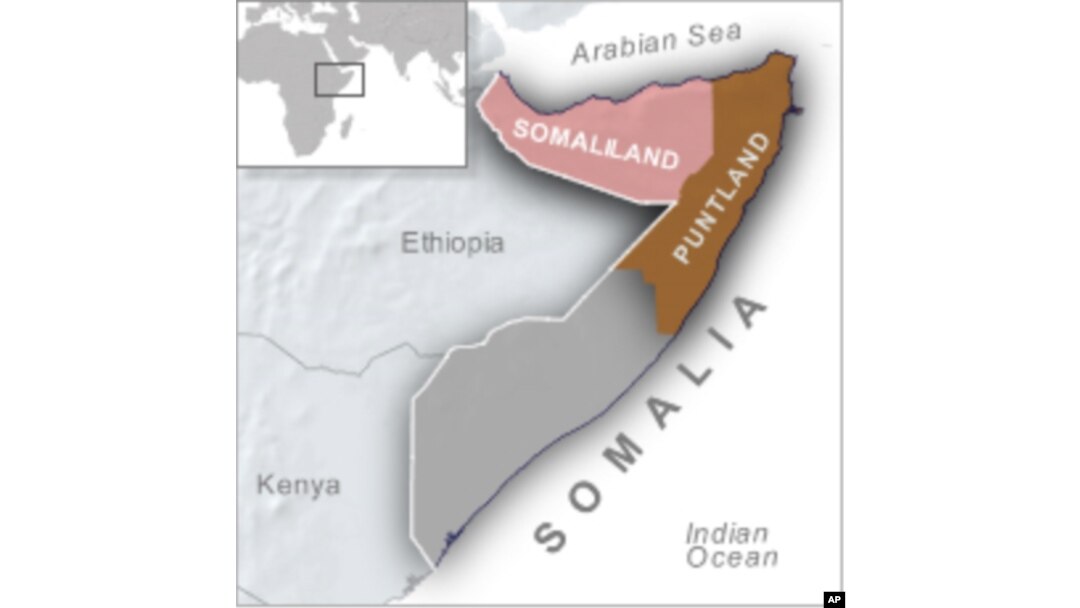The U.N. Food and Agricultural Organization says good rainfall earlier this year has eased Somalia's humanitarian crisis. A new report says 25 percent fewer Somalis require humanitarian assistance compared to six months ago.
The Food Security and Nutrition Analysis Unit of the FAO says above average rainfall between April and June in most areas of Somalia boosted production of maize and sorghum and helped improve conditions for livestock farming.

Rain Eases Somalia's Humanitarian Crisis
The analysis unit says good harvests in the south and in the northwest of the country have helped reduce the number of Somalis in need of food assistance by 25 percent. Last year, a crippling combination of drought, high food prices, and widespread insecurity left more than 40 percent of Somalia's 7.5 million people in dire need of international aid.
The unit's chief technical advisor, Grainne Moloney, warns one good rainy season will not be enough to ease the crisis for 27 percent of the Somali population, the two million people who remain vulnerable.
"The people remaining in crisis are the pastoralists and there are pastoralists in the central region, who were faced with six seasons previously of below normal rainfall. And it will take them a lot longer to recover their herd sizes," she said.
Concern is mounting for tens of thousands of pastoralists and their families in the Hiran, Galgadud, Mudug, and Sanaag regions, which again failed to receive adequate rainfall this year.
But there is troubling news even for areas that received good rainfall. Forecasters say a global weather event known as La Nina, which brings drier than normal conditions across East Africa, is likely to cut short the next rainy season that begins in October.
The head of the U.N. Food and Agricultural Organization in Somalia, Luca Alinovi, says Somalis will continue to go through cycles of hunger unless the international community helps them find a way to grow more of their own food and stock pile it.
"We have to protect the people, who are getting better now and to make sure we pull out more people from these two million people in dramatic need. If we want to avoid going backwards, we have to insist on investing in making people capable of producing their own food, which is a very basic and simple concept," said Alinovi.
The FAO says nutrition rates improved in the north of the country during the first six months of this year. But it estimates 35,000 children in Somalia remain severely malnourished. The organization says 90 percent of those children live in the conflict-stricken south-central regions.
Most of south-central Somalia is under the control of al-Qaida-linked al-Shabab extremists, who are fighting to turn the country into an ultra-conservative Islamic state.
U.S. funding for the U.N. World Food Program in Somalia, which feeds millions in Somalia each year, was reduced this year amid allegations that some of the food was being inadvertently diverted to al-Shabab.

